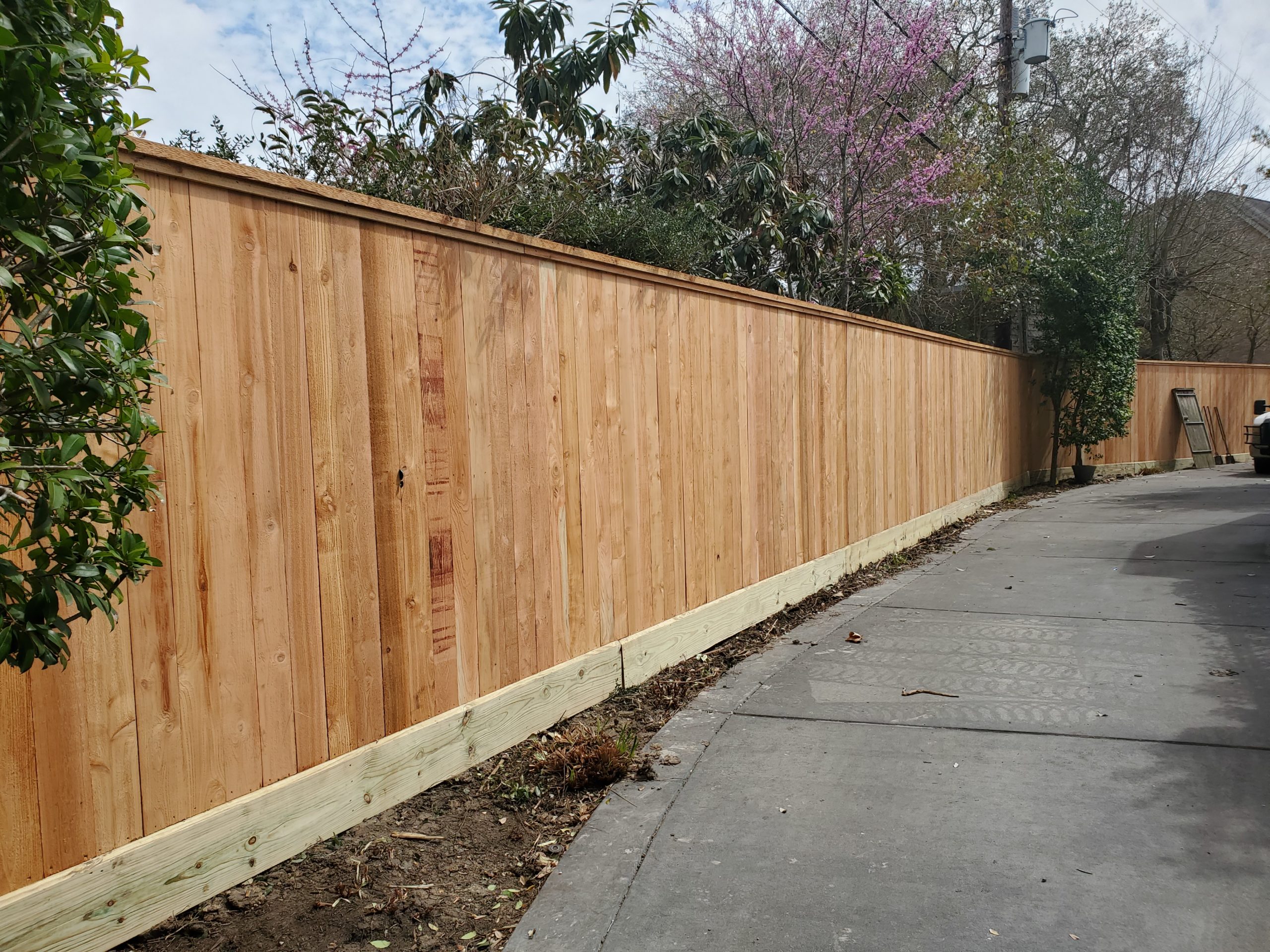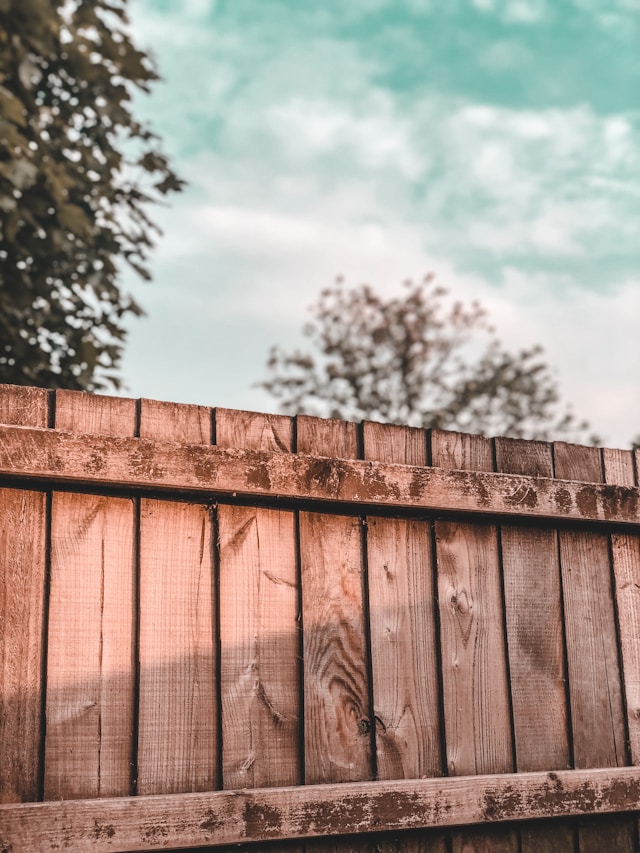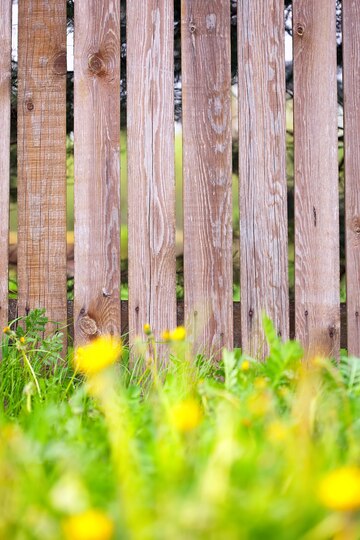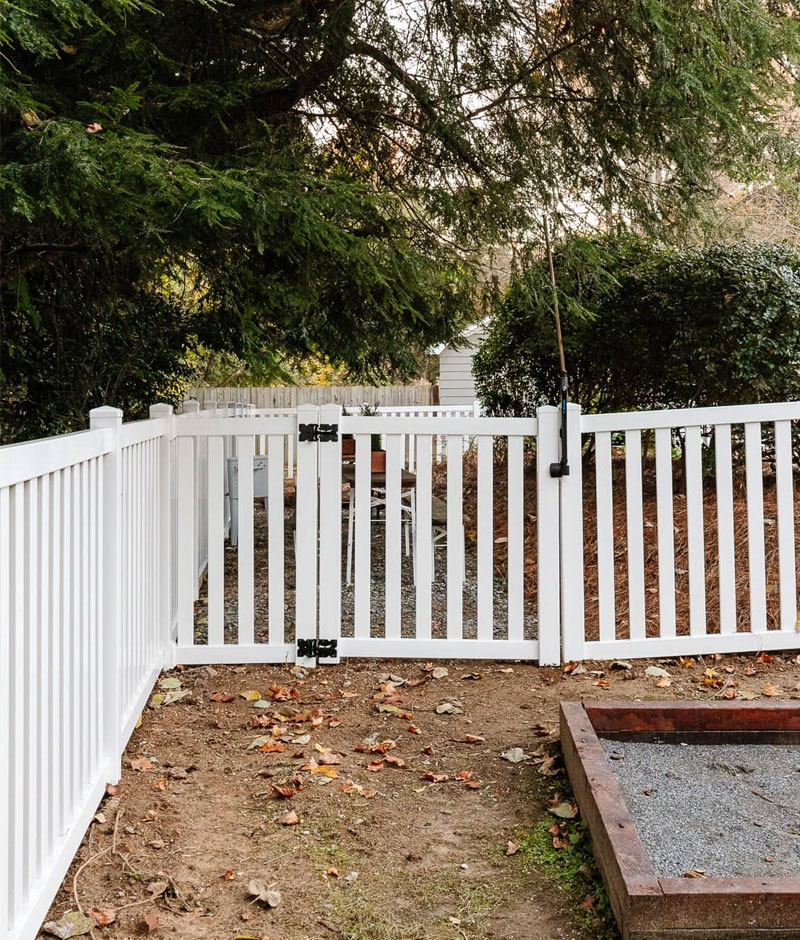Woodworking enthusiasts understand the importance of precision and accuracy, and one crucial element in achieving this is having the right fence system for your tools. Whether you’re working with wood for crafting, construction, or DIY projects, having a reliable fence can make all the difference in the outcome of your work. In this guide, we’ll delve into the intricacies of wood and Biesemeyer fences, unraveling the mystery behind their various parts and names.

Parts of a Wood Fence
Fence Rails: These are horizontal components that provide stability and support to the fence structure. They are usually made from wood and run parallel to the cutting direction.
Fence Face: The face of the fence is the surface that rests against the material being cut. It ensures smooth and accurate cuts by guiding the workpiece along the blade.
Fence Body: The main body of the fence houses the locking mechanisms and adjustment controls. It serves as the backbone of the fence system, allowing for precise adjustments and secure locking.
Locking Mechanism: This is the mechanism responsible for securing the fence in place once adjustments have been made. It prevents unwanted movement during cutting, ensuring consistency and accuracy.
Scale and Cursor: These components provide a reference for measurement and positioning. The scale indicates the distance between the fence and the blade, while the cursor helps to align the fence precisely.


Parts of a Biesemeyer Fence
Guide Rails: Biesemeyer fences typically come with extruded aluminum guide rails that provide a sturdy and straight reference surface for the fence to slide along. These rails are crucial for maintaining accuracy and stability during cuts.
T-Square Head: The T-square head is a key component of the Biesemeyer fence, responsible for attaching the fence to the guide rails and allowing for precise adjustments along the length of the rails.
Hairline Indicator: This feature helps woodworkers make micro-adjustments to the fence position, ensuring that cuts are as accurate as possible. The hairline indicator is often used in conjunction with the scale for precise measurements.
Rip Fence Bar: The rip fence bar is the part of the fence that slides along the guide rails, allowing for smooth and controlled movement. It’s essential for maintaining consistent positioning during cuts.
Fence Cap: The fence cap is a protective cover that sits atop the fence, safeguarding it from dust, debris, and potential damage. It helps prolong the life of the fence and ensures smooth operation over time.
Understanding Fence Part Names
It’s essential to familiarize yourself with the various names and components of your fence to effectively use and maintain it. Knowing the terminology not only makes assembly and adjustments easier but also facilitates communication when seeking assistance or replacement parts.
In conclusion, understanding the various parts of wood and Biesemeyer fences is essential for achieving precision and accuracy in woodworking projects. Whether you’re a seasoned professional or a hobbyist, investing in a quality fence system and familiarizing yourself with its components will undoubtedly elevate your woodworking experience.
Ready to upgrade your woodworking setup with a reliable fence system? Explore our range of fence options and accessories to enhance your precision and efficiency in the workshop.

FAQs
How do I install a wood fence on my table saw?
Installing a wood fence typically involves attaching the fence rails to the table saw’s surface using bolts or screws. Ensure proper alignment and calibration for accurate cuts.
Can I upgrade my existing fence system to a Biesemeyer fence?
Yes, many woodworking enthusiasts choose to upgrade their existing fence systems to Biesemeyer for enhanced accuracy and performance. However, compatibility and installation may vary depending on your specific table saw model.
What maintenance does a fence system require?
Regular cleaning, lubrication of moving parts, and occasional adjustments are necessary to keep your fence system in optimal condition. Check for wear and tear, and replace any damaged components promptly.
How do I troubleshoot alignment issues with my fence?
Alignment issues can often be resolved by adjusting the guide rails, tightening fasteners, or realigning the fence face. Refer to your table saw’s manual for specific troubleshooting steps.
Are there aftermarket accessories available for fence systems?
Yes, there is a wide range of aftermarket accessories available, including extension tables, digital readouts, and aftermarket fences, allowing woodworkers to customize and enhance their fence systems according to their needs.
